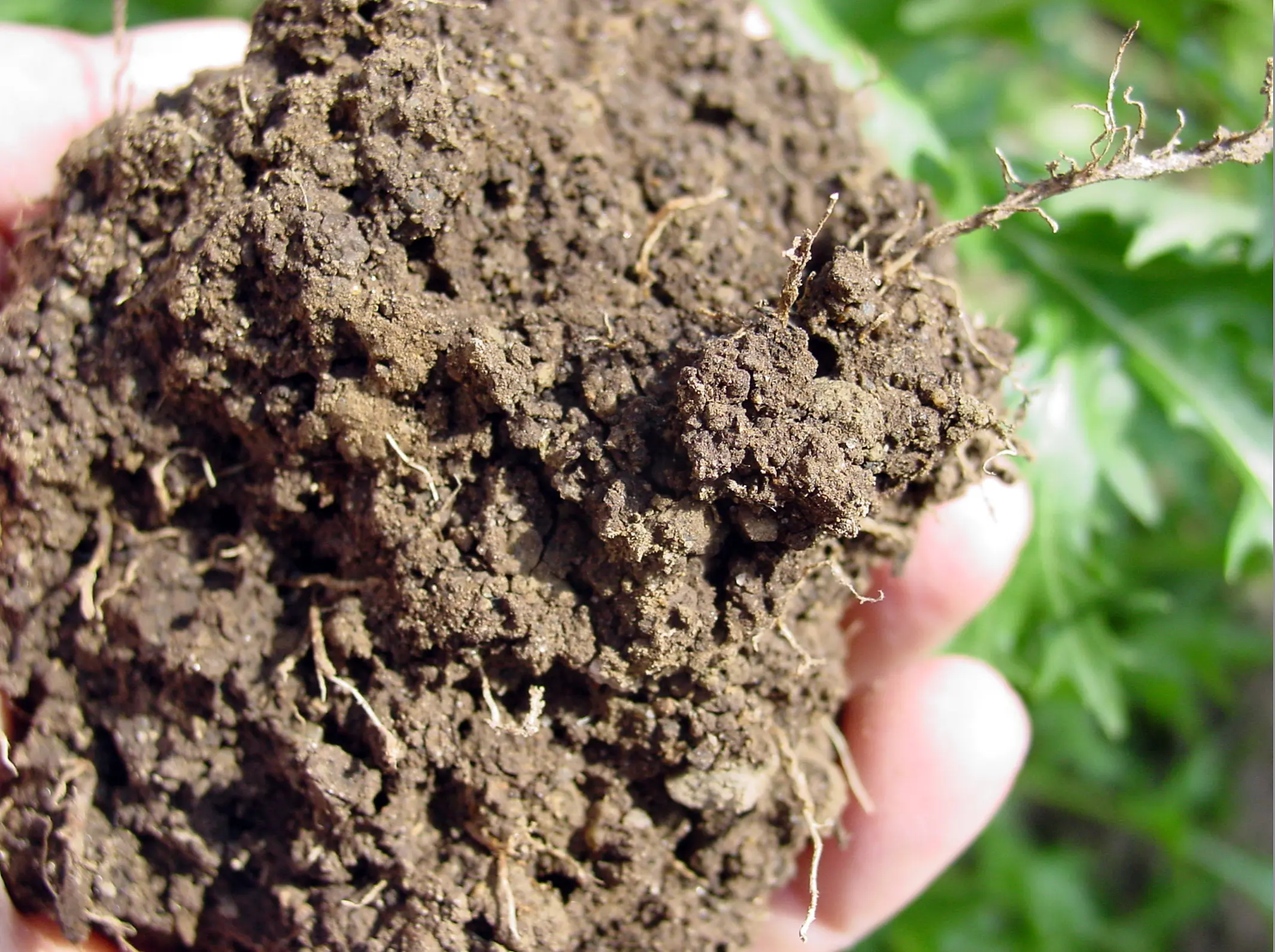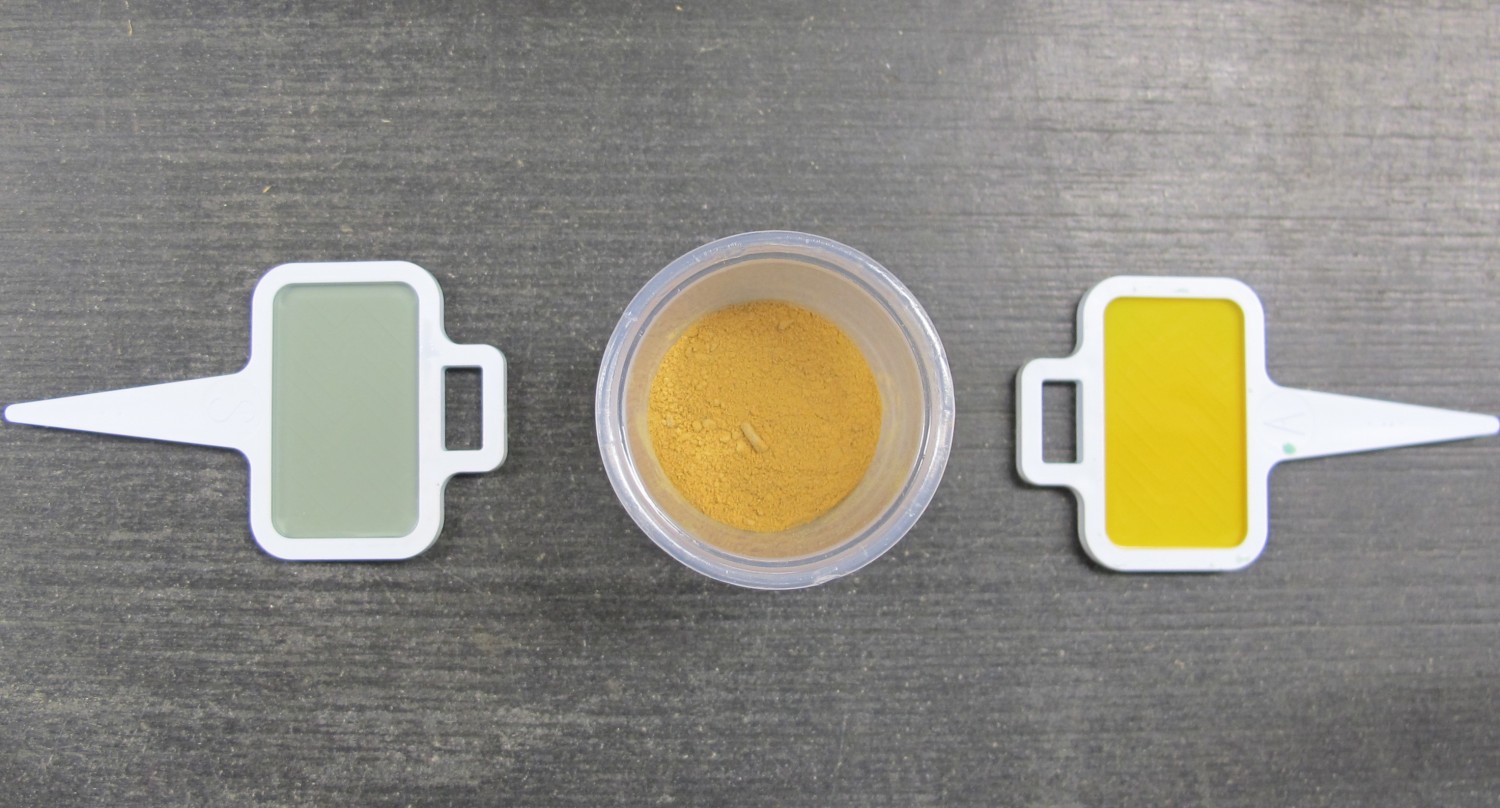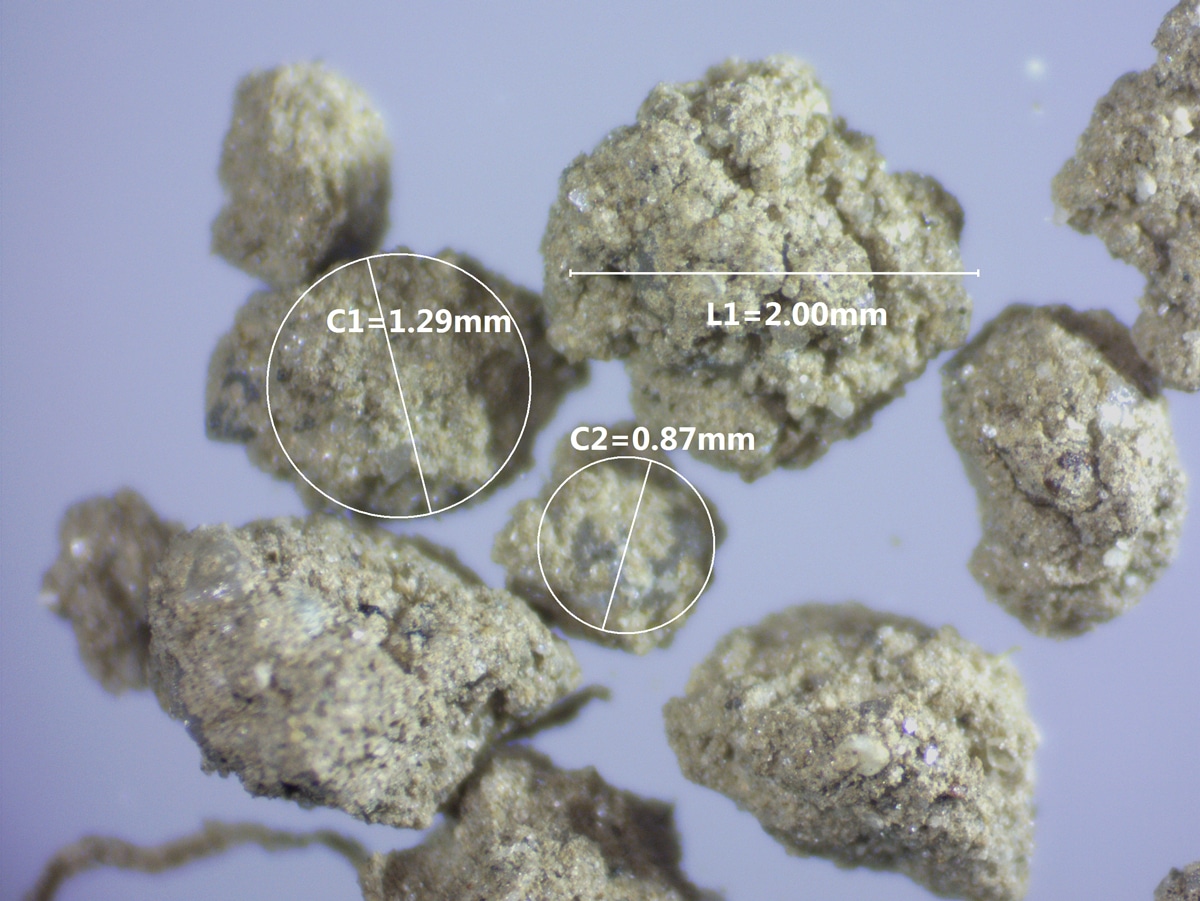Evaluating Biological Soil Functioning
THE CONCEPT: Soil Health is an emerging concept of soil fertility which seeks to include biological traits on an more or less equal footing with that of traditional nutrient chemistry. This view is challenging to entrenched farming practices and also to conventional scientific modalities that first created the man-made, “control nature” mandate that has contributed to so much natural decline.
THE ACTUALITY: “Soil Health” is at best a misnomer since soil alone, isolated, cannot be healthy. Healthy functioning of soil arises only due to the fact that interactions of plants, microbes and soil-inhabiting animals have built and sustained this environment. In a natural setting, nature largely takes care of this. In managed environments such as in farming these normal interactive functions are at least significantly interrupted and more likely, damaged. The question is to bring them back into some balance.
NICHES: Organisms act to modify and improve their habitat, a phenomenon recognized in modern biology as niche construction. In a way, humans are now trying to simulate niche building, being more aware of their environment. Yet, since there are no natural human niches left as reference points, we need indicators, and this is the great soil testing debate, which hopefully, will never end.
THE CHALLENGE: Farmers are often characterized as not pursuing practices that favor soil building. Yet, the origin of many if not most poor practices in farming is agricultural-science itself. The modern emphasis from science in soil analysis has been to purposefully ignore biological factors of productivity and focus solely on chemistry to maximize yield. For this reason, it is presently difficult to disentangle the “accomplice” role of science and farming practice in soil degradation and carbon loss.
SOIL TESTING: The challenge in measuring soil fertility improvements is to use indicators relevant to the time scale and to the desired functionality. Farms converting from conventional management often experience rapid short-term jumps in improved soil quality traits. The reality is that most improvements are slow, and become even slower over time as “steady state” is approached.
WOODS END ROLE: Woods End Laboratory was founded in the 1970’s to provide alternative soil testing services supporting biologically-oriented farming methods. In the 1980’s Woods End introduced soil health testing based on advancements in Europe which established the “physical-chemical-biological” model for approaching soil fertility. The actual practice of biological farming required methods to be relevant to factors like nitrogen-cycling and natural disease suppression. Woods End pioneered nutrient release tests for gauging mineralization of nitrogen contained in manures and composts. The lab also developed some of the earliest calibrations of soil-tests with non-chemical fertilizers. More recently Woods End developed Solvita, a bioassay enabling soil biological functions to be directly observed. The goal has been to enable practitioners to have cost-effective tests and practical interpretations.
DYNAMIC SOIL AGGREGATES: A key innovation at Woods End was a quick means to assess soil aggregate structure called “VAST”. The test was developed early in the 1980’s to assess large numbers of samples depicting crop rotation effects. More recently it has been made available to soil labs under a standardized protocol. The test provides a “hands-on” visual and semi-quantitative assessment of the stability of soil micro-structures, an intersection of degradative and soil-building biological forces.
CORNERSTONES: – Solvita Soil Health Suite: A basic integrative structure is found in putting all the new tests together – CO2 respiration, aggregates and organic nitrogen. These are the cornerstones of monitoring biological farming advancements. The resulting comprehensive approach is called the Solvita Soil Health Suite, the integrated measure of healthy functioning. Combining these procedures with rainfall, soil-temperature and physiographic models helps tailor them to the real local situation. In this way, soil health tests can be usefully interpreted. If history is any guide, it is a work in progress.
MOVING FORWARD With new excitement for soil quality evident across wide sectors of farming, a caution is needed. Historically soil test methods have evolved slowly. Soil improvement and soil decline themselves are very slow over decades or centuries, and are not readily noticed. There are new concerns about sensitivity of soil tests to adequately show relevant gains. For example, it has been determined statistically that it is not possible to measure soil carbon changes in less than 2 years without a sample size of hundreds probes per individual field. For routine sampling, a resolution more precise that 5 tons/carbon/acre is barely possible. By drawing on some of the best long-term soil management studies conducted around the world over the past 5 decades, it may be possible to adjust to the required “imprecision” in short-time of soil quality measurements.
As a summary, the Solvita Soil Health Suite:
- Accounts for soil microbial activity, with a view that this is very nutrient-relevant;
- Evaluates N + P mineralization potential, the core of the nutrient supply mechanism for plants
- Represents nutrients such as organic-amino-N likely to be “plant relevant”
- to learn more about it
For instructions on sampling soil, download the ‘Soil Sample Info Form‘ or contact: lab@woodsend.com




